IN-SITU / TRANSFORMING WASTELANDS
Today, the urban development of cities frequently results in the presence of a temporary inaccessible space. In this category are left behind urban ruins, transitional areas and neglected or contaminated lands. Although wastelands have a negative connotation, an increasing number of groups started to throw into question the use of these non-hegemonic spaces. Transforming these spaces is a complex design process because of the inter-workings of social, ecological and economical challenges.
In-Situ is a series of participative projects initiated by Giacomo Piovan about transforming these wastelands. The first site was activated in the Gelatine Factory, one of the last open spaces in the town of Hasselt (BE). A series of activities were organised in collaboration with local inhabitants and organisations: communal picnics, football matches, open air movies and bio-markets.
On the last day of this community project, a debate on-site gathered a number of participants in the field of arts, design, architecture, planning and urban activism in order to share their experiences and generate a more open debate about the future developments of the Gelatine site. By inviting also visitors and local citizens in the debate we found a more shared point of view on the future of the site allowing the group to uncover some of the commonalities between other similar examples.
In-Situ offers also a modular structure that can be adapted together with the participants in order to co-design new functions depending on the occasion. Fundamentally these parts are based on a similar geometric grid called OpenStructures which allows the participants to add or interchange some of the components in relation to an ever-evolving database.
Even if this project came to an end, the open structure adapted to different contexts and has travelled around Europe engaging local art communities on their respective sites. In the Dutch city of Enschede some artists adopted the structure using wood gathered from previous art festivals. Leftovers were stocked, cut and finally assembled on a kind of production line build for the occasion. The result was not only a useful sitting place for the visitors of the area, but also an entity able to recall old memories.
In-Situ has been initiated by Giacomo Piovan (Socialmatter) and developed within the frame of DiverCity, an exhibition of CIAP Art Centre in the frame of DE UNIE Hasselt-Genk Festival in the public space.
More info:



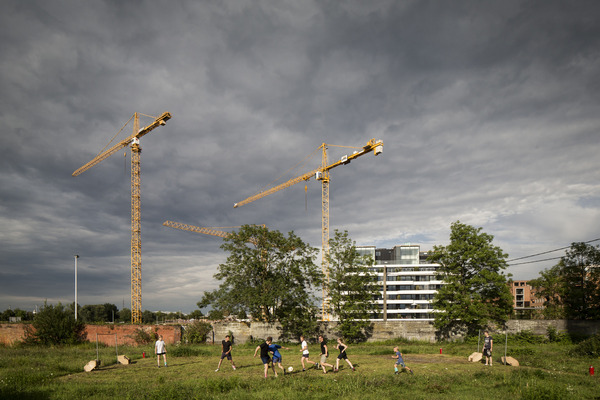
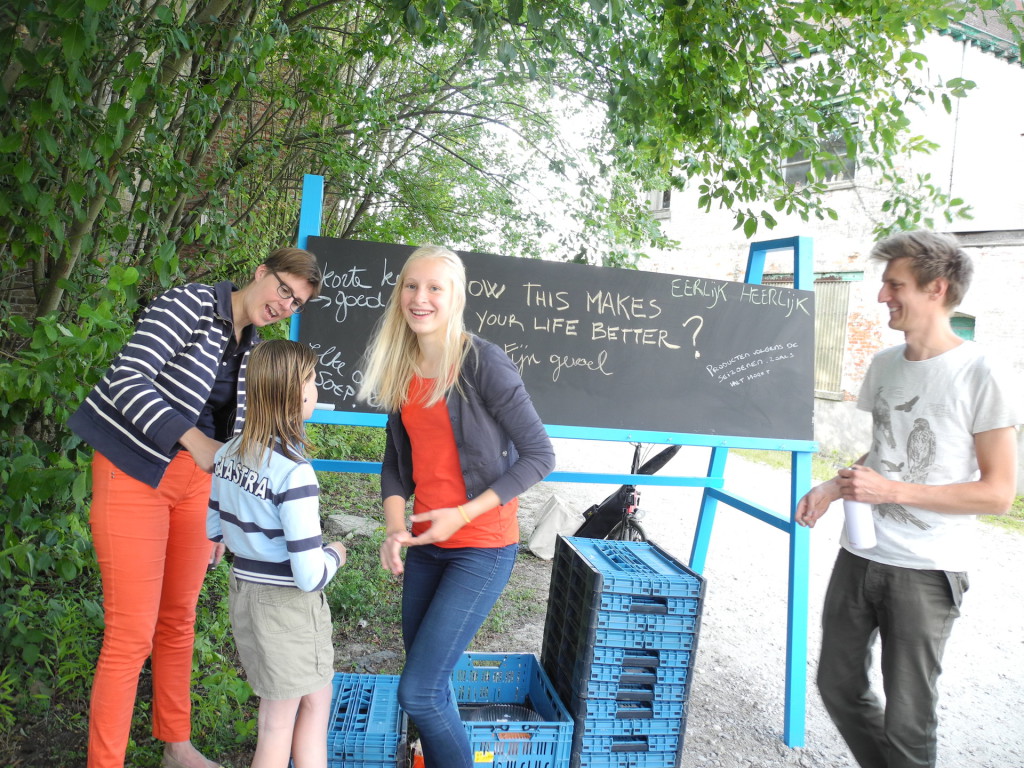

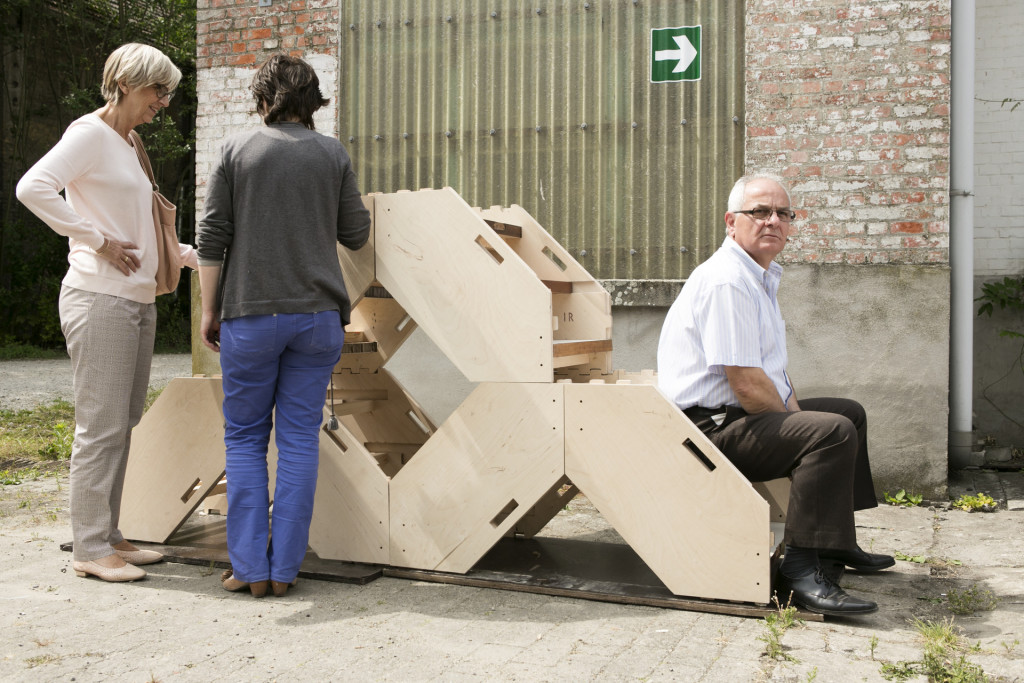
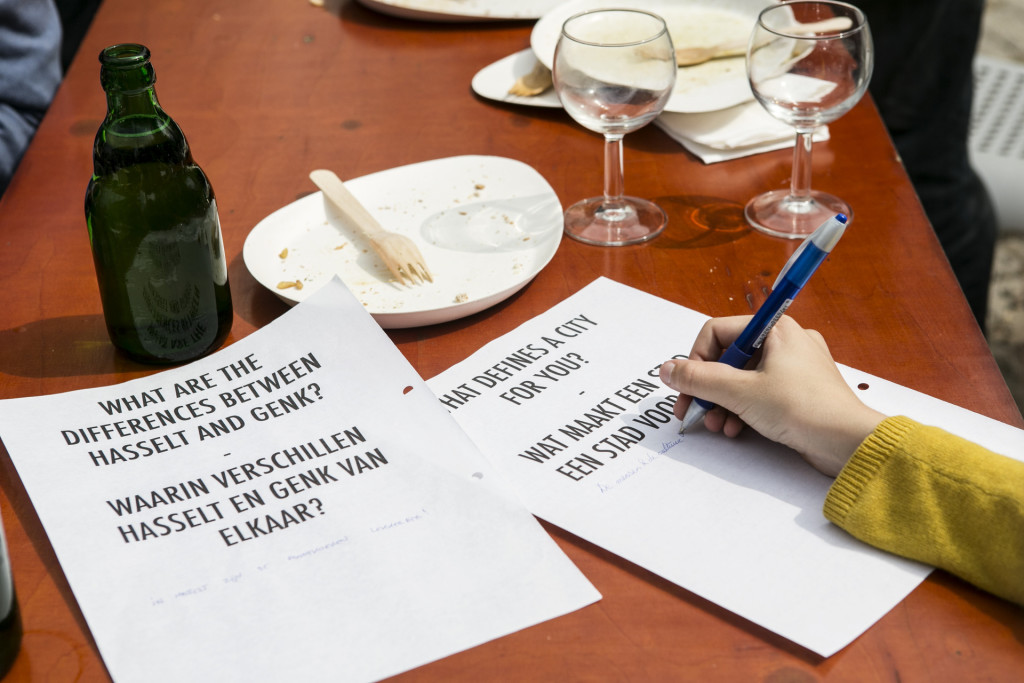
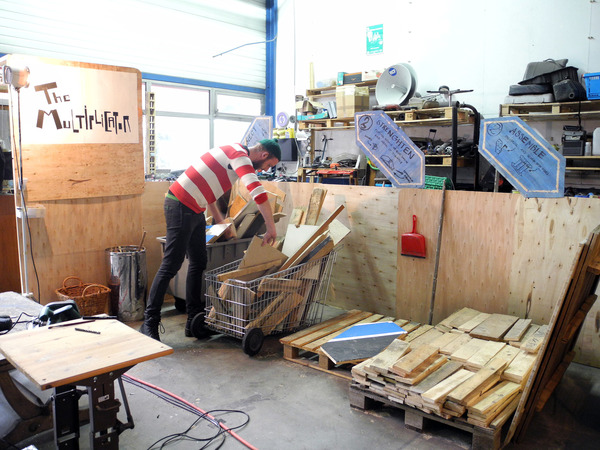
Thank you for your contribution Giacomo. It’s a beautiful example of how to re-purpose forgotten areas of our cities (wastelands). I wonder about the reflections triggered by the different activities and your (critical) reflections on them, though. Could you outline what where the most interesting thoughts that stemmed from this project? What failed? What worked well? Any insights to start such projects in such contexts?
Pablo, thanks for your questions. The first objective of this project was to simply empower the inhabitants to know each others by organising recreational activities. The main goal was to spark out ideas for the future and we noticed that participants came up with interesting ideas and discussions when they were placed outside of their ‘comfort zone’. If we had more time wand support by the civil authorities we could have now bigger impact on the future of the site. From this project I learned how to focus more on the preparation of the process and to find partners interested in longer term solutions.